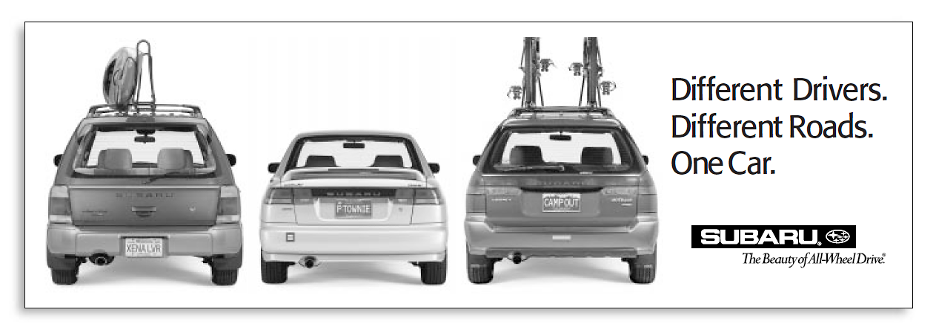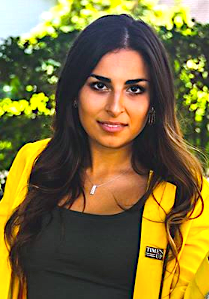Inspiration meets innovation at Brandweek, the ultimate marketing experience. Join industry luminaries, rising talent and strategic experts in Phoenix, Arizona this September 23–26 to assess challenges, develop solutions and create new pathways for growth. Register early to save.
It’s important to remember the history of LGBTQ+ marketing only goes back 50 years. From ads that sailed below the radar for straight folks to glitter and rainbows galore, the tone, targeting and imagery of LGBTQ+ representation in advertisements has gone through countless iterations as the community faced pivotal moments like the AIDS epidemic and changing administrations.
Before there was queerbaiting, there was “gay vague.” And pre-rainbow washing, we had “gay window advertising.” As we look to understand what brands need to do now to authentically and sustainably support the queer community, what lessons can we learn from campaigns past?
Around the time of the Stonewall riots in the 1970s, brands started to understand the buying power behind the LGBTQ+ community. The economic upsides were clear, but had to be balanced with the still-growing acceptance of the community by mainstream consumers. The first companies to start overtly advertising to queer consumers already faced boycotts and backlash—namely, alcohol and tobacco companies.
Absolut Vodka, which is still known for its LGBTQ+ advocacy, was one of these first movers, taking out full-page ads in queer-focused publications like After Dark and The Advocate. But in mainstream publications, the brand employed much more subtle tactics, especially as the AIDS epidemic took hold.
Take, for example, this Absolut ad featuring artwork from Keith Haring. To the unaware, it’s simply a fun elevation of the brand through art. But to the LGBTQ+ consumer, it was a sign of solidarity with a gay artist, one who was a vocal advocate during the AIDS epidemic.

The idea of using below-the-radar language and symbols that speak specifically to queer consumers is referred to as gay window advertising. In the ’90s, Subaru was one of the first brands to break in with lesbians through this tactic. Largely unnoticed by straight people (this was tested in market research), coded messages like “Camp Out” and “Xena LVR” were included on license plates and fostered immediate affinity with queer women.

The ’90s also ushered in another strategy to avoid backlash: gay vague, where the relationship between two men or women was hinted at being romantic but not explicitly shown. A 1997 Volkswagen spot showing two men picking up furniture on their way home subtly hinted that they were a couple and even debuted on The Ellen Show, but to most outside of the LGBTQ+ community, they came off as straight roommates.
In contrast, Ikea took a bold stand, airing an ad on national television that put the LGBTQ+ community front and center. While it’s clear these men are a couple, it doesn’t feel pandering. It captures the nuances of the coded messages from earlier years while being upfront and tying into Ikea’s larger brand narrative. This is one of the first queer-inclusive ads that really broke ground for authentic and clear representation.
By 2004, it was reported that 35% of the top 100 U.S. companies directly targeted LGBTQ+ consumers with ads. But while representation increased, it largely did so only for the lesbian and gay parts of the community, missing the broad spectrum of identities. Amid the cries of #LoveWins and caricature images of gay and lesbian stereotypes, it took years for trans and nonbinary people to see themselves reflected in marketing.
Brands like Nike broke the mold by telling stories of trans individuals, and others like Clean and Clear via Johnson & Johnson centered trans people without making the fact that they were trans the focus of their ads.
And now, queer consumers are doing their research. We are digging into companies’ internal practices, their advocacy beyond accurate representation and their history with the community.
What does the next 50 years of LGBTQ+ marketing look like? You want our $3.7 trillion purchasing power? We want your investment in us.









